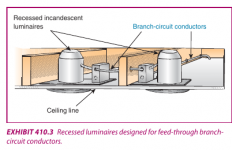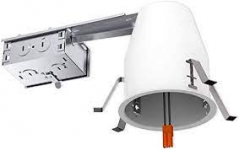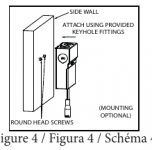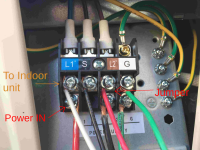MR. JUSTICE WHITE delivered the opinion of the Court.
Appellant seeks reversal of his conviction for refusing to permit a representative of the City of Seattle Fire Department to enter and inspect appellant's locked commercial warehouse without a warrant and without probable cause to believe that a violation of any municipal ordinance existed therein. The inspection was conducted as part of a routine, periodic city-wide canvass to obtain compliance with Seattle's Fire Code. City of Seattle Ordinance No. 87870, c. 8.01. After he refused the inspector access, appellant was arrested and charged with violating § 8.01.050 of the Code:
"INSPECTION OF BUILDING AND PREMISES. It shall be the duty of the Fire Chief to inspect and he may enter all buildings and premises, except the interiors of dwellings, as often as may be necessary for the purpose of ascertaining and causing to be corrected any conditions liable to cause fire, or any violations of the provisions of this Title, and of any other ordinance concerning fire hazards. "
Appellant was convicted and given a suspended fine of $100 [
Footnote 1] despite his claim that § 8.01.050, if interpreted to authorize this warrantless inspection of, his warehouse, would violate his rights under the Fourth and Fourteenth Amendments. We noted probable jurisdiction and set this case for argument with
Camara v. Municipal Court, ante, p.
387 U. S. 523. 385 U.S. 808. We find the principles enunciated in the
Camara opinion applicable here, and therefore we reverse





